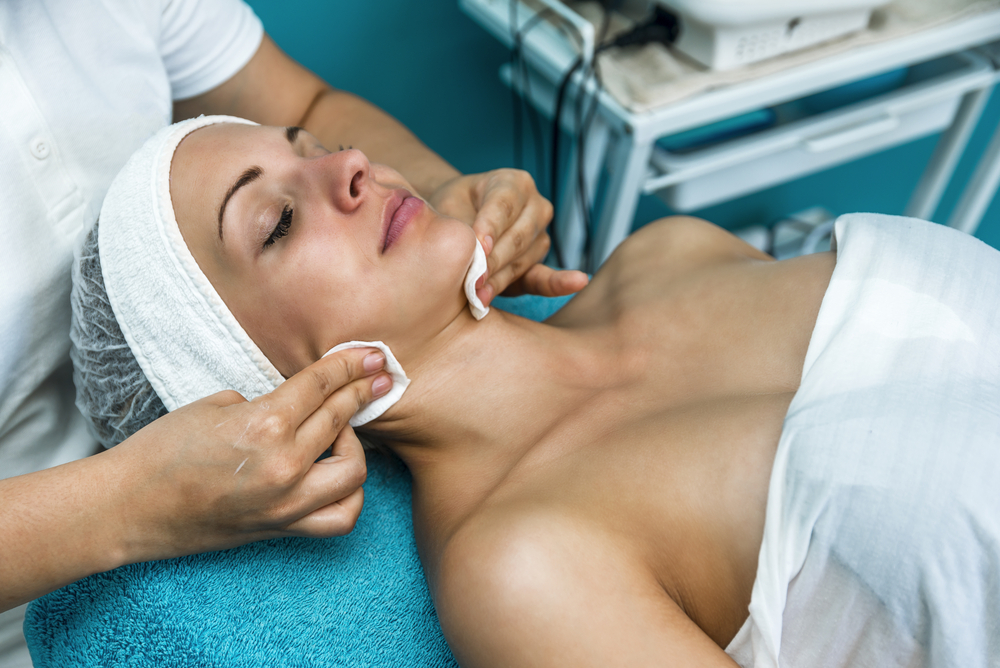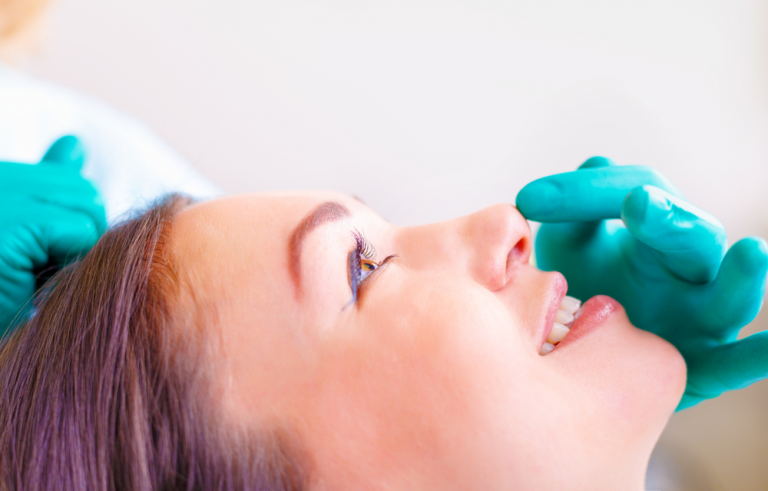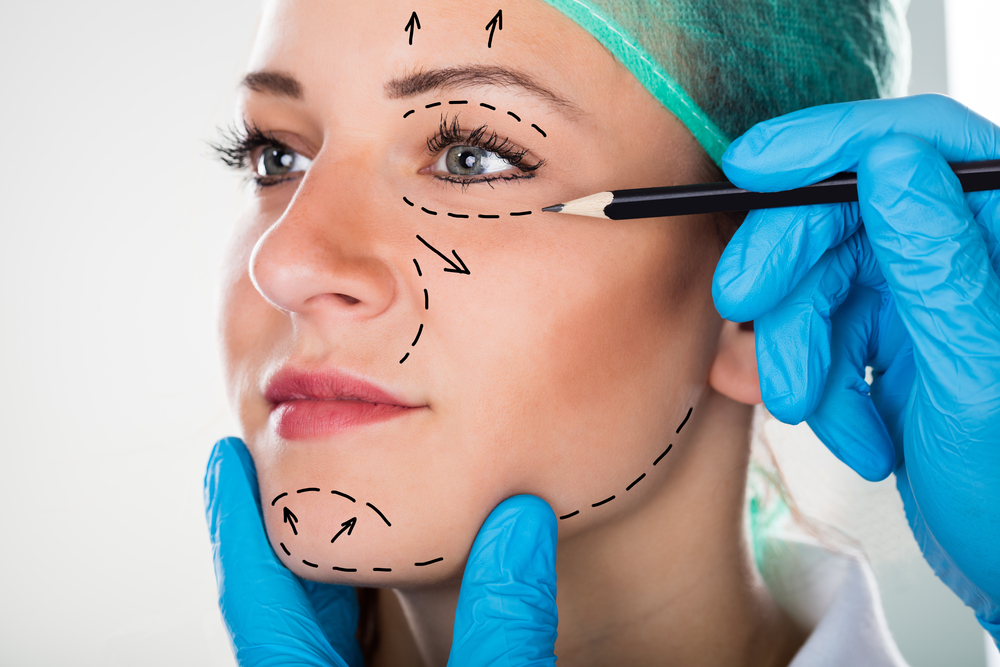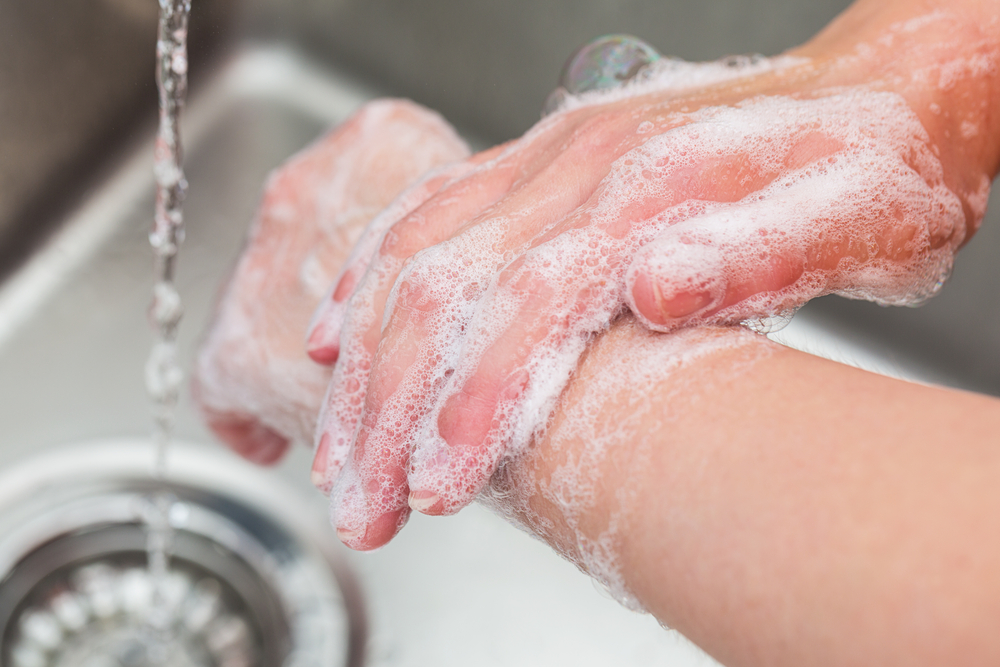Can Chemical Peels Offer Better Results Than Surgery
Chemical peels have a variety of uses aesthetically. While they cannot replace cosmetic surgery procedures, there do have a place.
A commonly offered skin rejuvenation treatment, chemical peels are non surgical and minimally invasive compared to surgical alternatives.
What Is A Chemical Peel?
Whilst classed as non-surgical, there are different strengths of chemical peels available. It’s important patients choose a practitioner that is highly skilled in using peels. They can offer you a tailored approach to your treatment.
Chemical peels have seen a spike in popularity in recent years, with many celebrities including Sharon Osbourne opting for this non-surgical form of facial rejuvenation. They are a way of keeping the skin looking and feeling fresh and energised.
Here are four popular reasons to consider skin peels over or alongside cosmetic surgery.
1. Chemical Peels Are Versatile
Chemical peels were thought to simply be used to exfoliate a layer of damage skin away, in turn revealing a more youthful layer. However they also improve the matrix of the skin from deep within. Chemical peel treatment rebuilds and remodels collagen enabling the skin to appear firmer and rejuvenated.
2. Peels Come In Different Strengths
There are three strengths of chemical skin peel: superficial, medium, and deep. There are numerous benefits to undergoing chemical skin peel treatment. Whether you are male or female client looking for a non-surgical way to improve the appearance of the skin, it’s likely that chemical peels come provide a great alternate more invasive methods.
3. Many Skin Rejuvenation Benefits
Benefits of undergoing chemical skin peel treatment include reducing sun and age damage, and controlling skin conditions such as acne, rosacea, thread veins, pigmentation. They can be used to improve the skin on the chest, décolletage and even the hands too.
4. Long lasting results
As well as less downtime compared to cosmetic surgery and anti ageing procedures, chemical peels results can last for a long while. Although, it is usually the case that a patient will return to the clinic in the future to undergo further treatments. This is normal as part of a long-term skin health regime.
More Information
We offer several other forms of non-surgical anti-ageing treatments to improve facial volume, particularly in the mid face. These can be used as stand alone treatments of part of a cosmetic surgery plan.
As well as surgical alternatives such as the traditional facelift, skin rejuvenation treatments such as fat transfer or volumisers can improve the skin of the face without invasive procedures which require longer recovery time.









